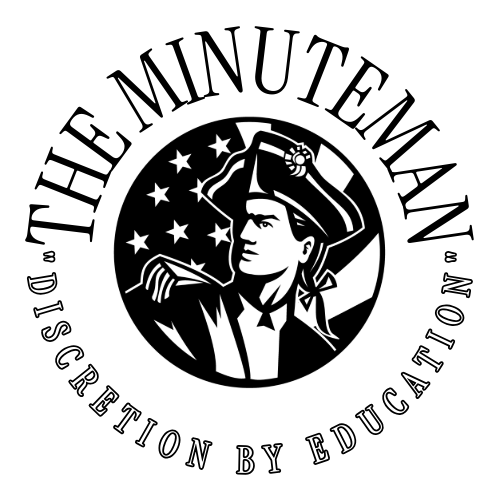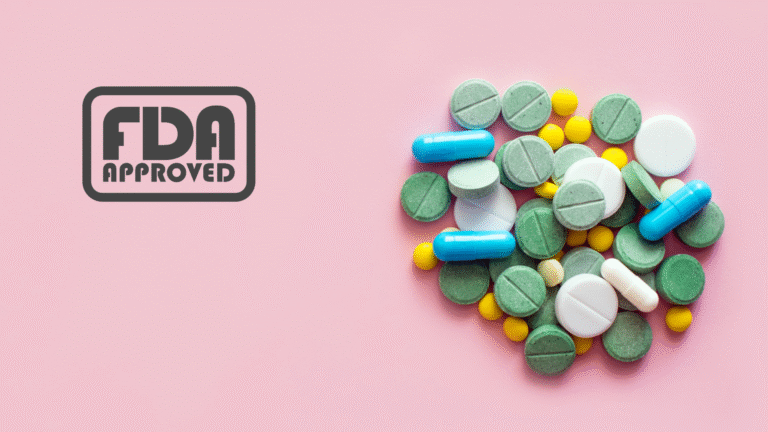The History of the FDA in the United States
From thalidomide to COVID vaccines, the FDA has shaped the safety of everything from aspirin to AI diagnostics. Explore how this powerful agency came to be, how it works, and what changes are reshaping it in 2025. This detailed timeline traces the FDA’s impact on American health, policy, and industry for over a century.
Timeline: The FDA in the United States
- 1906 – Pure Food and Drug Act: Signed into law by President Theodore Roosevelt, this act prohibits the sale of misbranded or adulterated food and drugs. It leads to the formation of the Bureau of Chemistry, the FDA’s predecessor.
- 1927 – Bureau of Chemistry renamed: The Bureau becomes the Food, Drug, and Insecticide Administration, and later, in 1930, is renamed the Food and Drug Administration (FDA).
- 1938 – Federal Food, Drug, and Cosmetic Act: Passed after over 100 deaths from a toxic drug, this act gives the FDA authority to require safety testing before new drugs can be marketed.
- 1951 – Durham-Humphrey Amendment: Establishes the distinction between prescription and over-the-counter drugs.
- 1962 – Kefauver-Harris Amendments: Triggered by the thalidomide tragedy, these amendments require drug manufacturers to provide proof of effectiveness and safety before approval.
- 1976 – Medical Device Amendments: Expands FDA oversight to include medical devices, establishing classes based on risk and requiring premarket approval for high-risk devices.
- 1983 – Orphan Drug Act: Encourages development of treatments for rare diseases by offering tax credits and market exclusivity.
- 1992 – Prescription Drug User Fee Act (PDUFA): Allows the FDA to collect fees from drug manufacturers to fund the drug approval process, speeding up review times.
- 1997 – FDA Modernization Act: Updates the agency’s mission to include fast-tracking innovative therapies and expands access to experimental drugs for patients with life-threatening conditions.
- 2009 – Tobacco Regulation: The Family Smoking Prevention and Tobacco Control Act gives the FDA authority to regulate tobacco products.
- 2011 – Food Safety Modernization Act (FSMA): Shifts the FDA’s focus from responding to contamination to preventing it, expanding oversight of food production.
- 2020 – Emergency Use Authorizations (EUAs): The FDA grants EUAs for COVID-19 vaccines and treatments under special pandemic protocols, highlighting its role in public health emergencies.
- 2023 – Accelerated Approval Reforms: FDA updates guidelines for speeding approval of drugs for serious conditions while strengthening post-approval monitoring.
- 2024 – Digital Health Expansion: FDA formalizes its approach to digital therapeutics and AI-based diagnostics, establishing clearer regulatory pathways for emerging health tech.
- 2025 – Funding Increase and Structural Downsizing: The FDA’s total program funding for FY 2025 rises to approximately $7.2 billion—a 7.4% increase over FY 2023—reflecting expanded support for food safety, nutrition, and mission-critical operations. However, under a broader Department of Health and Human Services reorganization, the FDA is also expected to cut about 3,500 jobs (≈ 20% of its workforce), while prioritizing its core regulatory and inspection functions.
Sources
- FDA.gov – Historical Milestones (Accessed November 2025)
- PMC – “FDA’s Role in Public Health” (2020)
- Federal Register – FDA Rulemaking History
- Investopedia – “What Is the FDA?” (2023)






